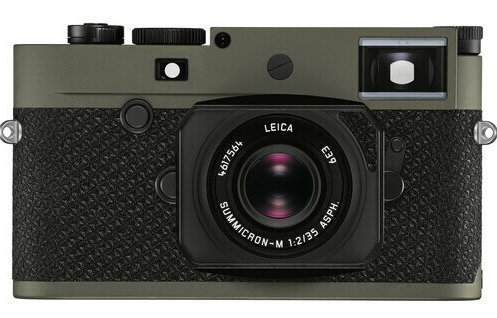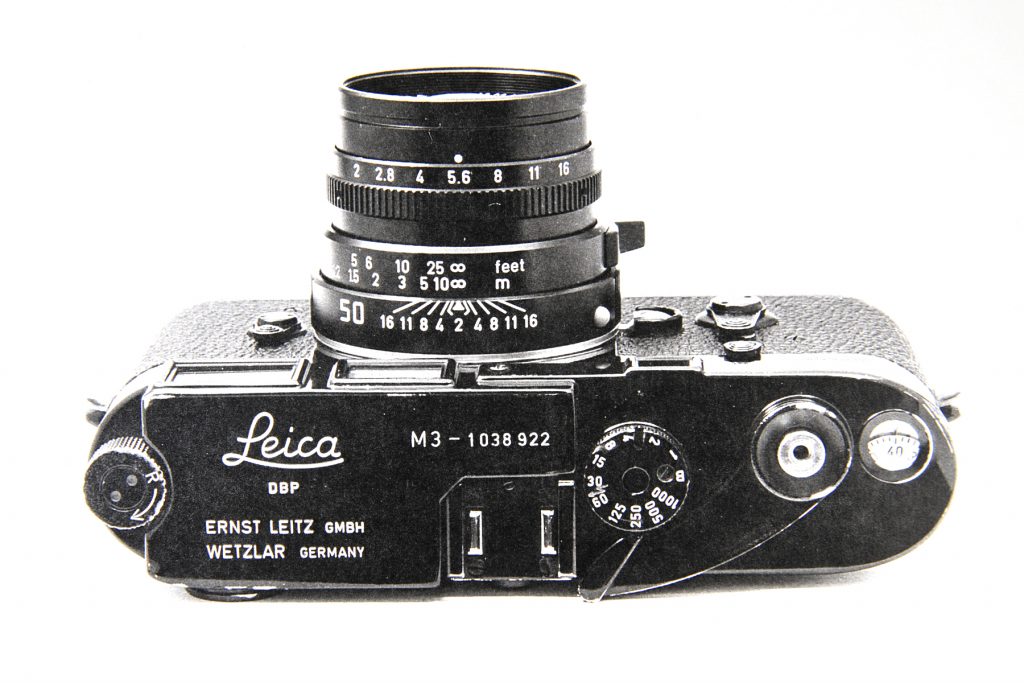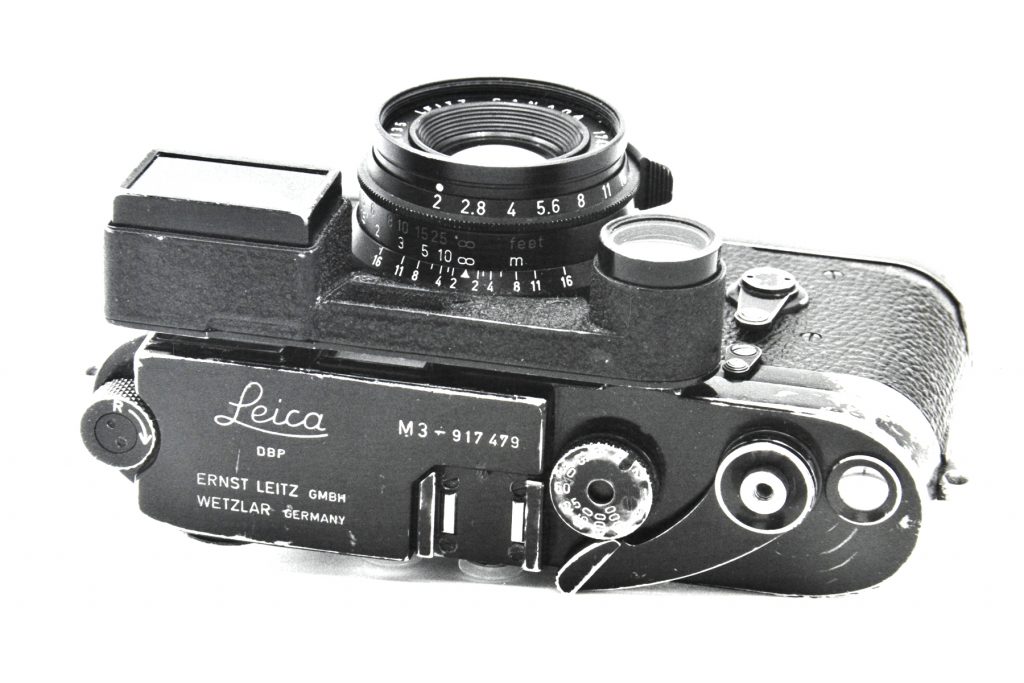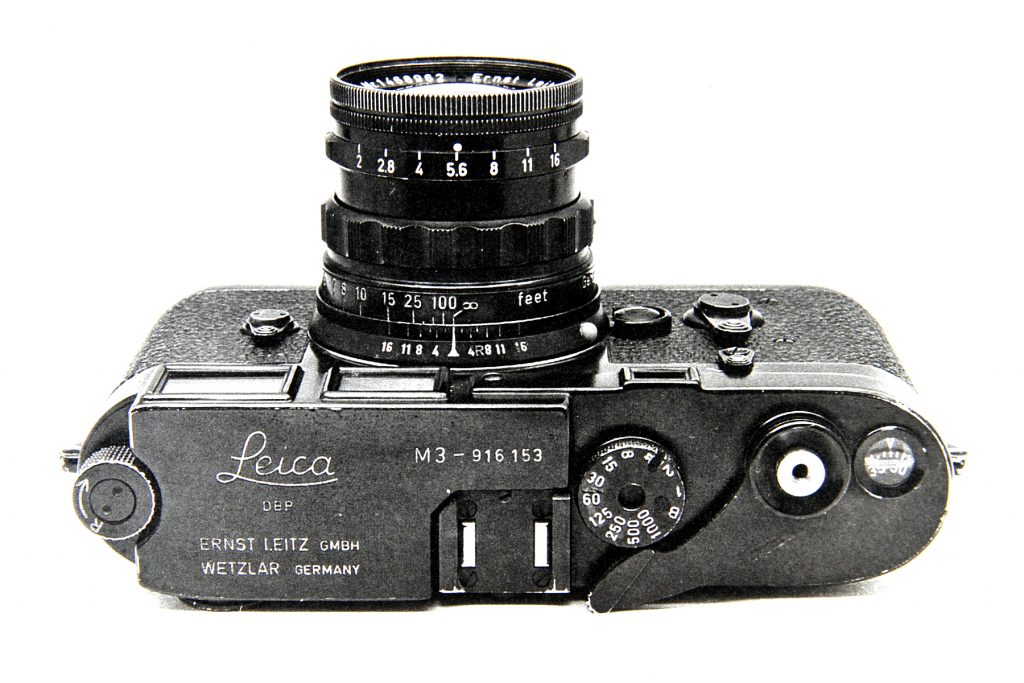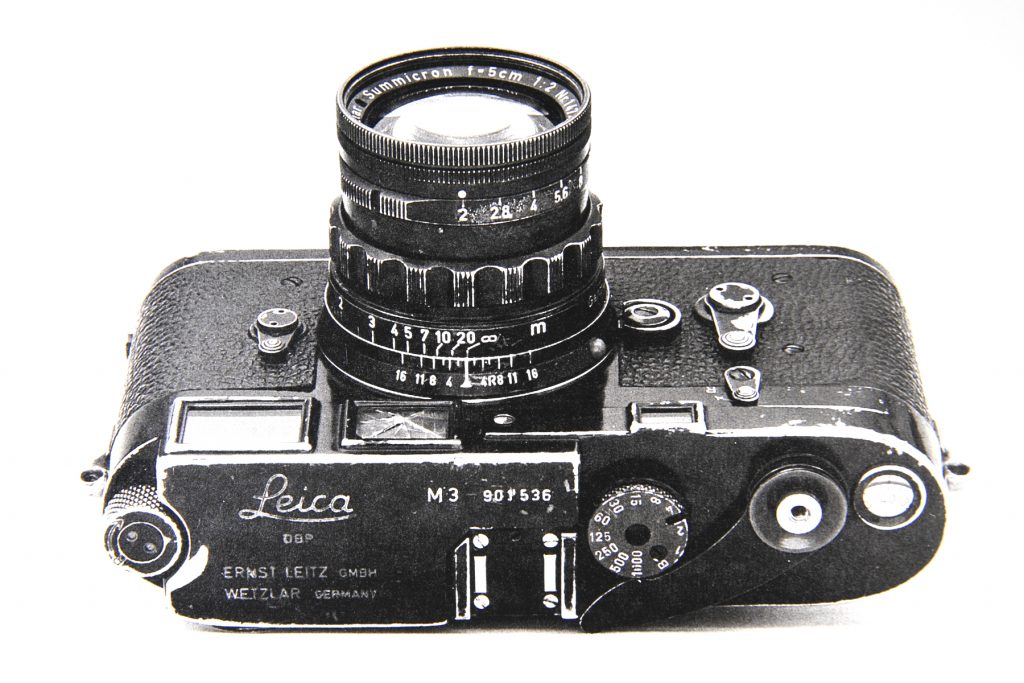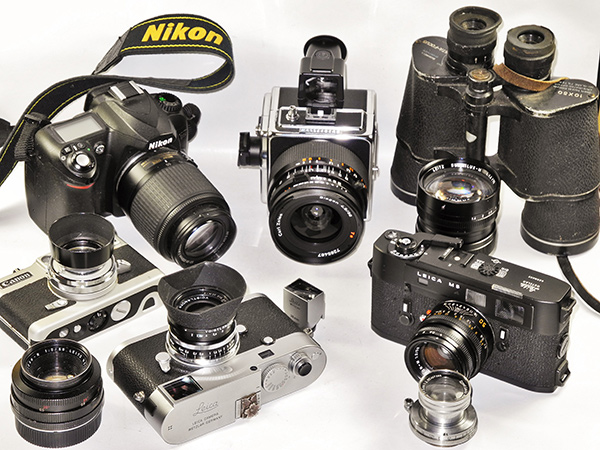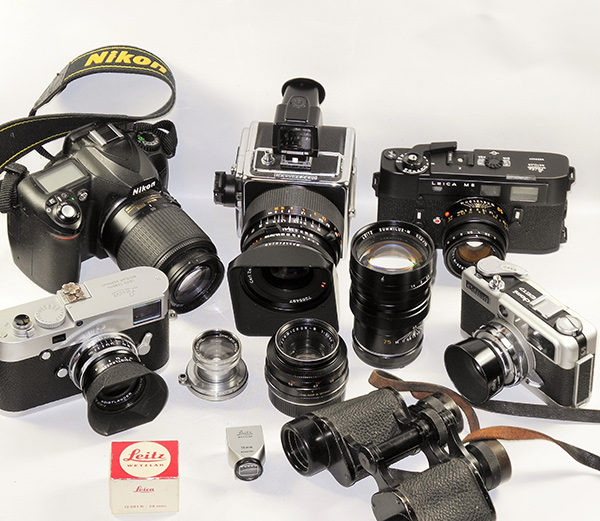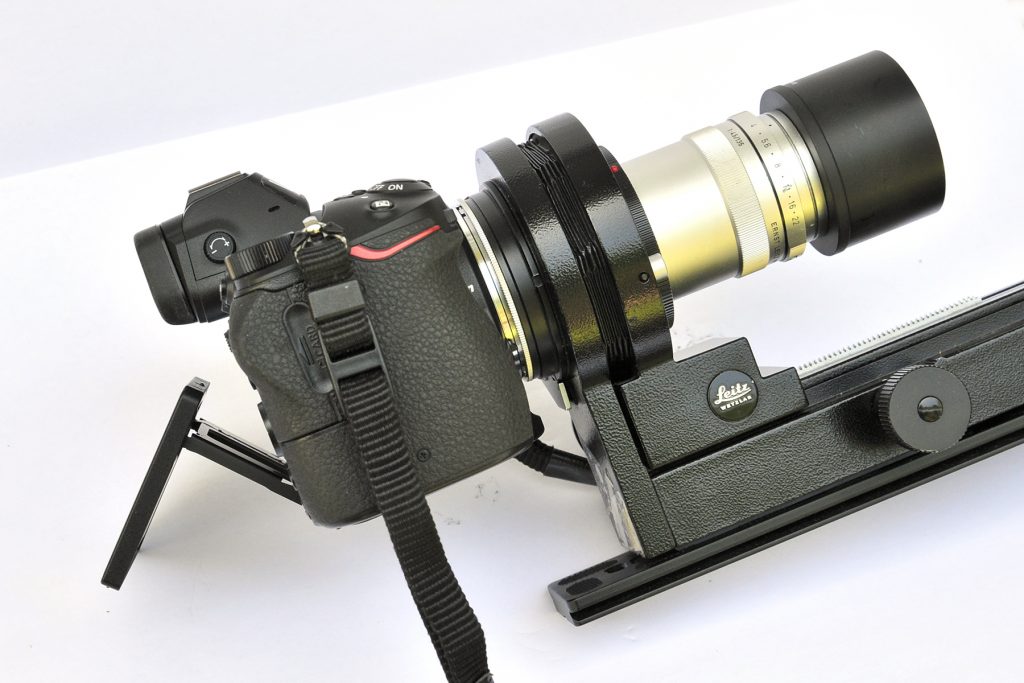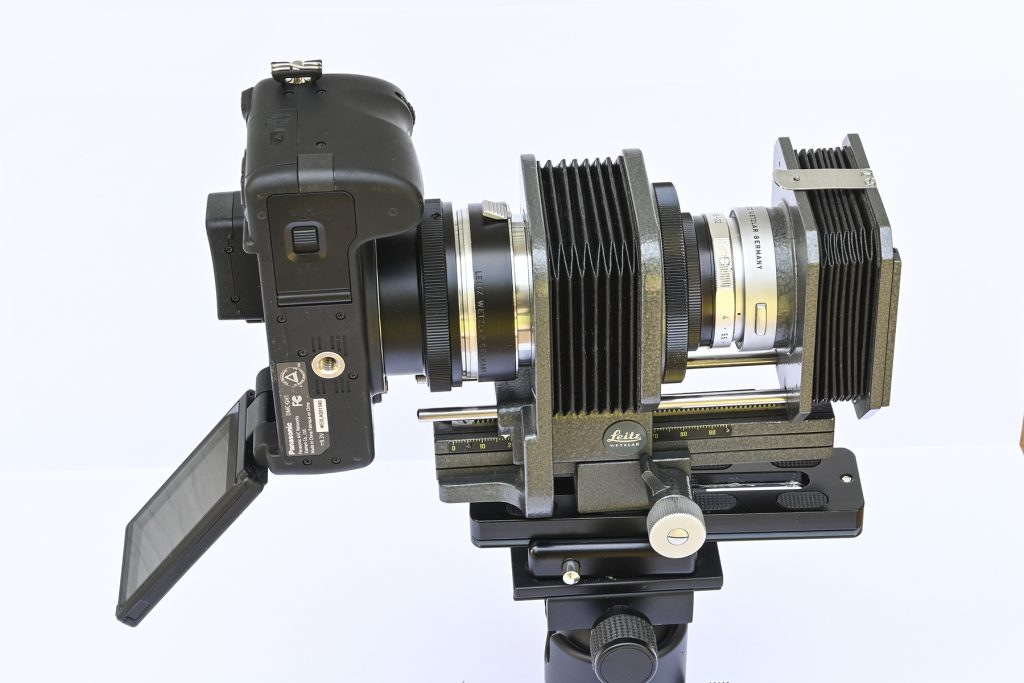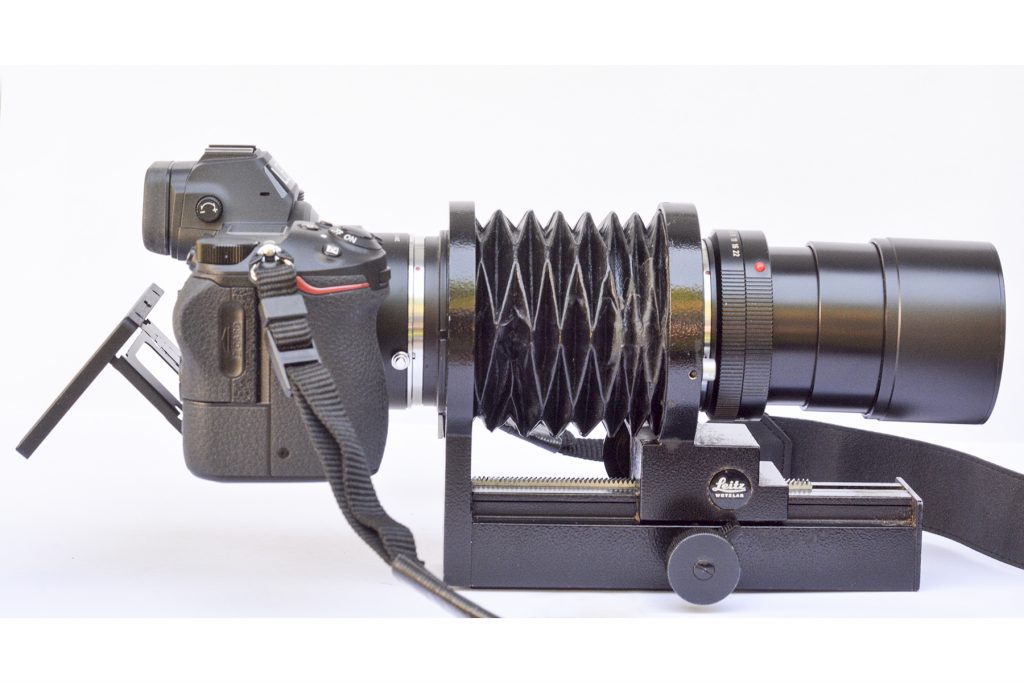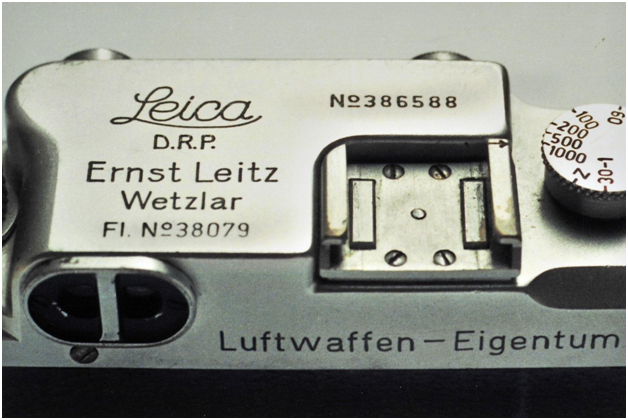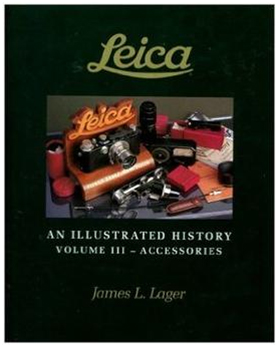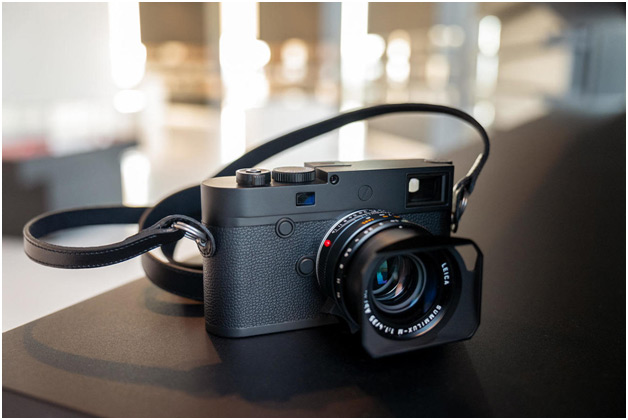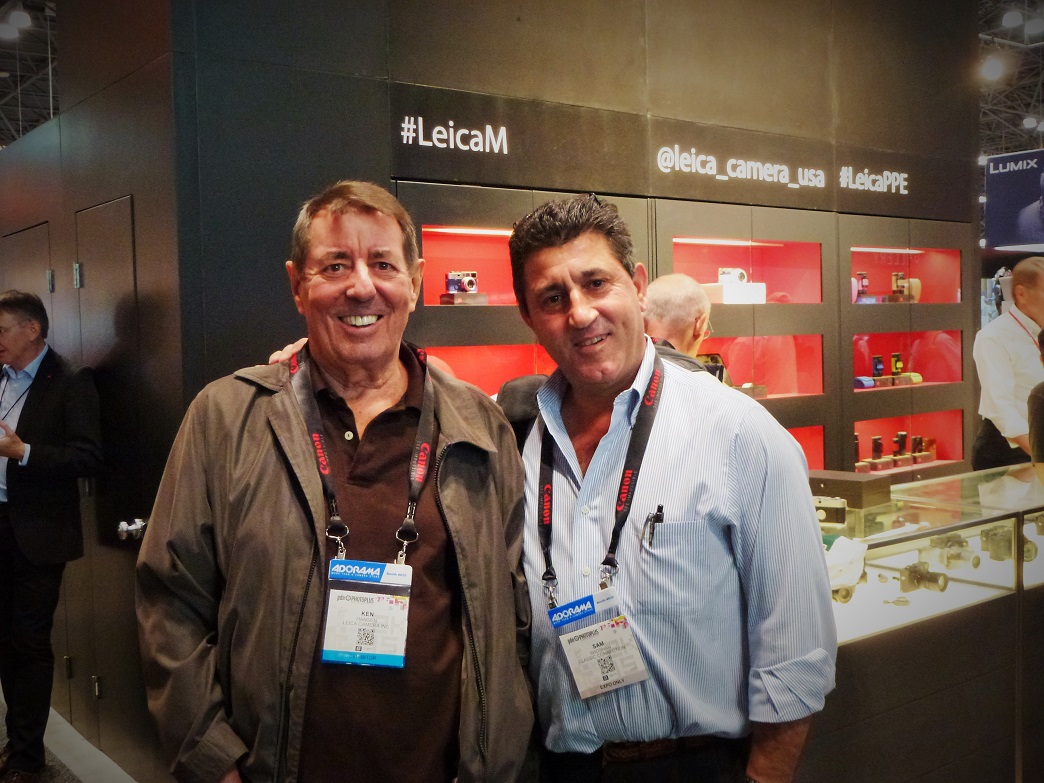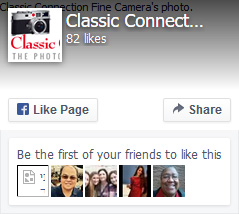Perhaps the most comprehensive Leica catalog prepared by E.Leitz, Inc. New York was booklet #1275 dated March 1939. Leicas and their accessories from the “golden age” of the 1930’s were presented to entice legions of minicam enthusiasts. The Leica IIIb was the premier model. The Standard (E), II (D), III (F), and 250 (Reporter) provided a range of features and prices.
Lenses were available 28-400mm. Specialty models included the Thambar, Xenon,73mm Hektor,and 200/400mm Telyts. An extensive array of viewfinders, rangefinders, filters, lens hoods, timers, straps, tripods, tripod heads, stereo apparatus, flash units, cases, darkroom supplies, viewers, printers, copy and reproduction devices, enlargers, projectors , binoculars, and special lenses for macrophotography were listed. The Leica Gun was designed for wildlife/nature photographers.
During the Spring and Summer of 1939 American Leica customers leafed through the pages of #1275 and decided how to begin/expand their Leica System. Patience was required while waiting for delivery of the more exotic items . Most orders were completed but without question some were not.
Events to come in September 1939 surely had a sobering effect on Leica sales. Could equipment still be obtained? Did New York continue to receive merchandise? Delivery ledgers presently secured at Leitz Park suggest the last direct shipments from Wetzlar are dated 3.6.40 (June 3 , 1940). Included are the Leica IIIb and Elmars 35, 50,and 90mm plus a few 50mm Summitars and 135mm Hektors. Five Leica 250’s ( Reporters) equipped with the 73mm Hektor were shipped earlier on 23.10.39.
Supplementary #1275 price sheets effective October 1 , 1940 list the then nearly unknown VIOOH image erecting universal viewfinder as #66006 at 48 dollars. As far as I can ascertain the VIOOH was never directly shipped toNew York. It appears New York sold only from stock after June 1940. Of course later shipments could have come through neutral channels. I suspect evaluation sample VIOOH’s reached New York in this way and these samples became the basis for the New York manufactured IMFIN of 1944. The United States and Germany were officially at war from December 11, 1941. E.Leitz, Inc. New York was promptly seized by the Alien Property Custodian. During 1941-1945 New York managed to survive by offering equipment fabricated domestically. The IMFIN, VIOAD, VUDAK, and four Wollensak lenses come to mind.
ILLUSTRATIONS from #1275
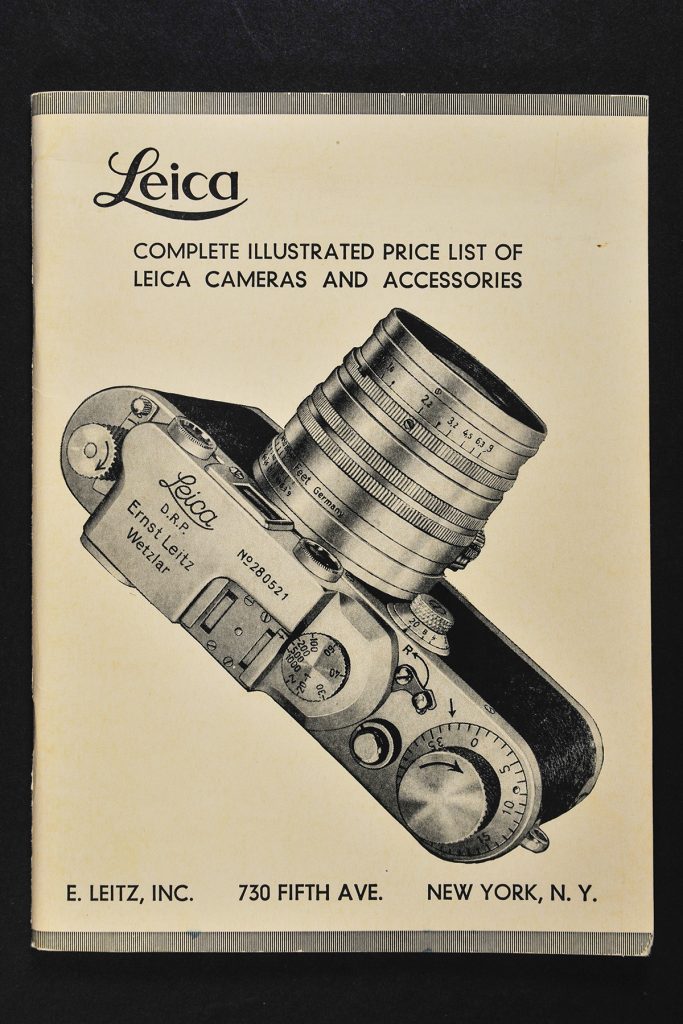
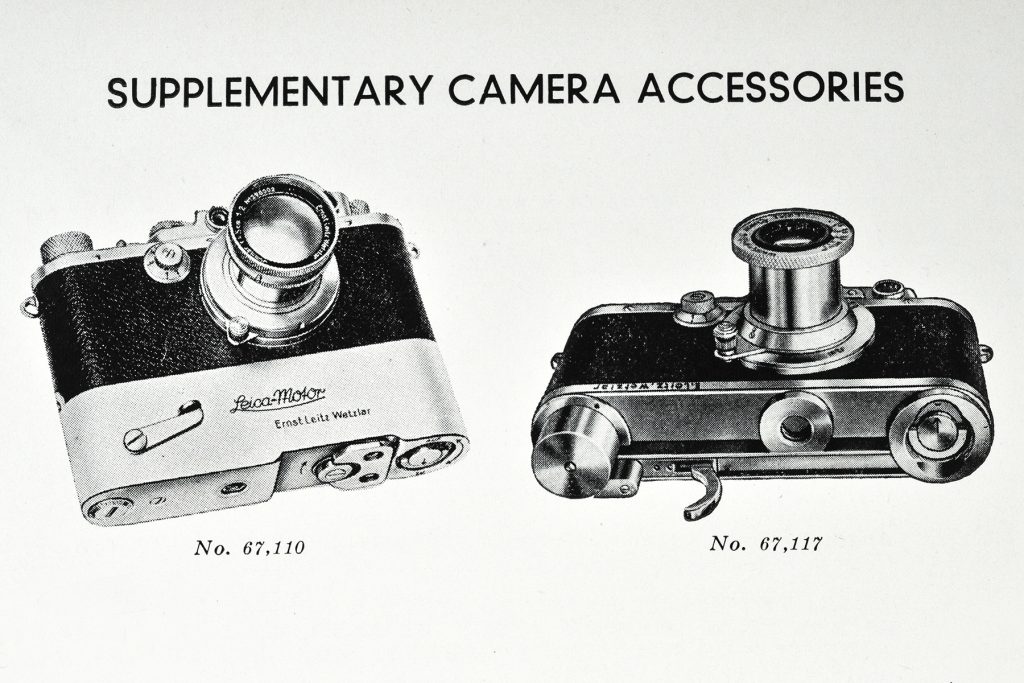
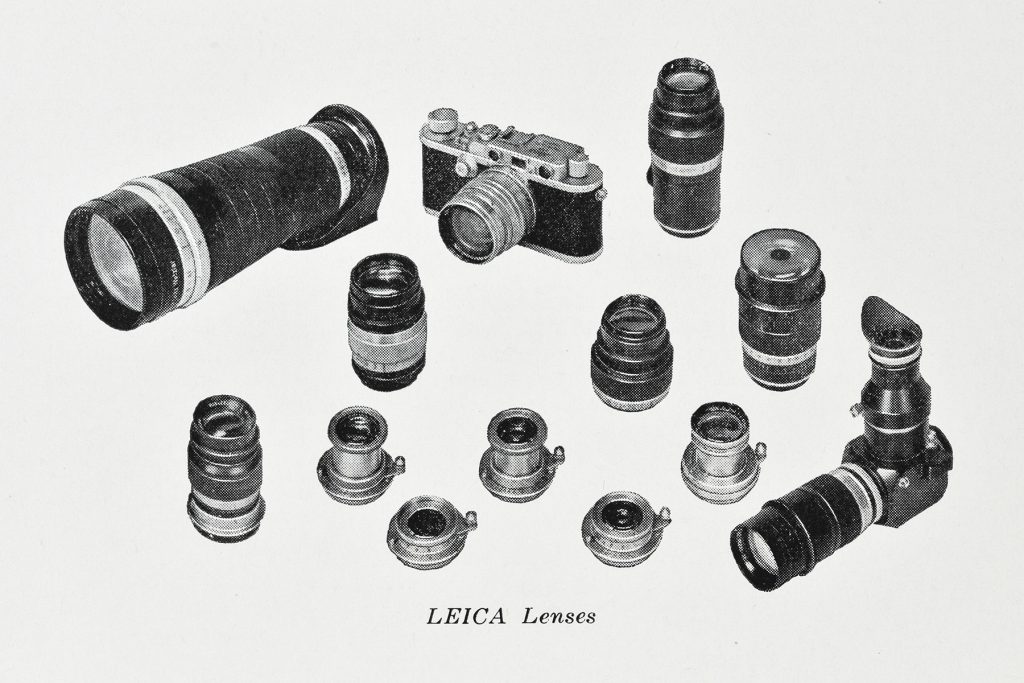
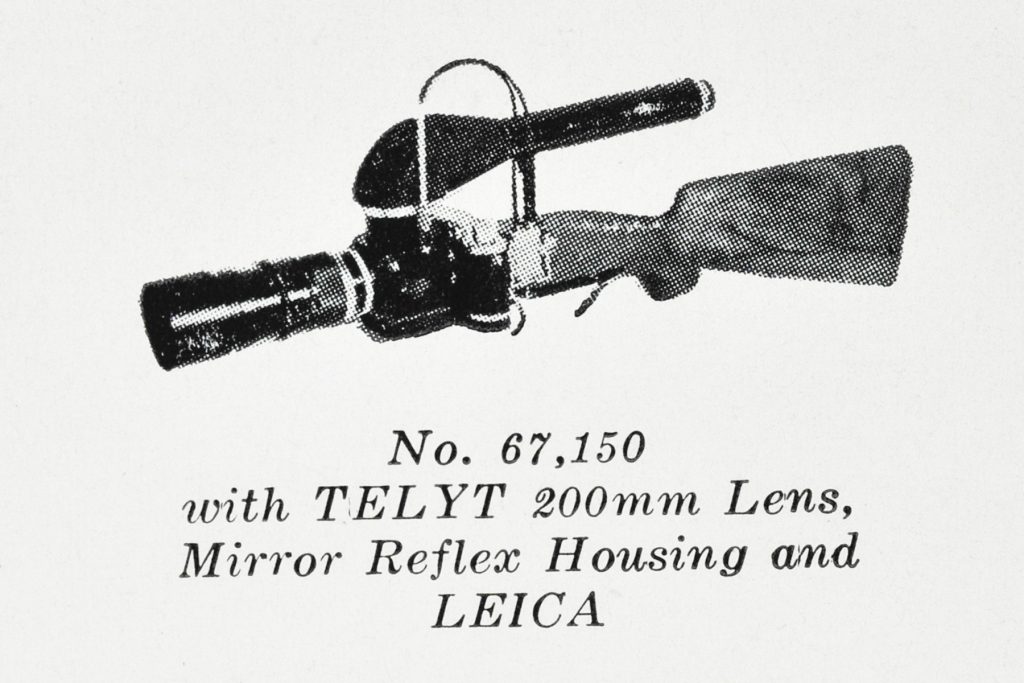


ABOUT THE AUTHOR

James L. Lager received his B.S. and M.S. degrees from Ohio State University. In 1971 he joined the Leica Technical Center of E. Leitz, Inc. Rockleigh, N.J. Since 1975 Jim has worked in the retail sector of the photo industry. The author’s previous books are; LEICA ILLUSTRATED GUIDE, (1975). LEICA ILLUSTRATED GUIDE II, (1978). LEICA ILLUS-TRATED GUIDE III, (1979), LEICA LITERATURE, (1980) and LEICA, AN ILLUSTRATED HISTORY, VOLUME I – CAMERAS, (1993) and VOLUME II – LENSES, (1994).
Jim is a past president of the Leica Historical Society of America (LHSA) and past editor of its official publication, VIEWFINDER, in which he wrote and illustrated over 100 articles. His photographs have been published in LEICA FOTOGRAFIE and LEICA PHOTOGRAPHY. Over 22 years of almost daily contact with the Leica camera on both pragmatic and esthetic levels, has given Jim Lager a unique perspective on this engaging subject.











